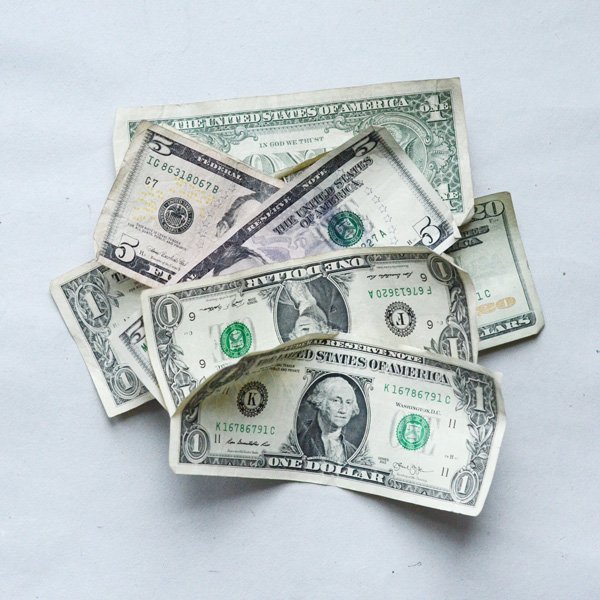Money! Paper! Let's Visit the Crane Museum
How does that crumpled twenty bucks survives the terrors of the washing machine, while your grocery list disintegrates into oddly shaped white fluff in your pant pocket?
To answer these paper thoughts, let’s take a short internet tour of the Crane Museum, and spend a moment with the intrigues behind the paper made for United States currency.
Dalton is a small town near the Berkshires in western Massachusetts that houses something very important—Crane & Co., the makers of currency paper and operating since 1801.You can thank the technology behind papermaking for your resilient twenty dollar bill. It’s all about the fiber choice; currency paper is not made from trees.
Crane makes paper from recovered rag—a combination of cloth and linen cloth that, surprisingly, was still handmade in 1955, producing an impressive 2500 sheets a day.
Rag paper doesn’t act or feel like tree paper. Currency paper is crisp, strong, and durable. It’s also secure.
Research in paper security technology is an important part of the Crane & Co. operations. You might already know that money paper uses red and blue flecks, embedded security threads, and UV elements. The Crane Museum, once the rag room of the mill, also houses an incredible, miniature scale model of traditional western papermaking from rag. Created by Dard Hunter, this beautiful model illustrates papermaking in Crane’s first mill, down to tiny hand moulds and sheets of paper.The museum also houses a rich collection of watermarks and papers from Crane’s history, and beautiful sets of handmade paper moulds and deckles.See? Papermaking history is alive, and you might even find it in your pant pocket.
Click-worthy links for you:
Historical mill photos and lore with Paul Revere’s midnight ride on The Washington Post >
Watch a 1926 video of papermaking at Crane's Bay State Mill >
Interested in the security bit? Click around here: Secrets of Making Money >
A story to listen to by NPR Planet Money, with discussion on cash's relevancy: Where Dollars Are Born >
Crane Paper Museum
UV security in paper money, currency






